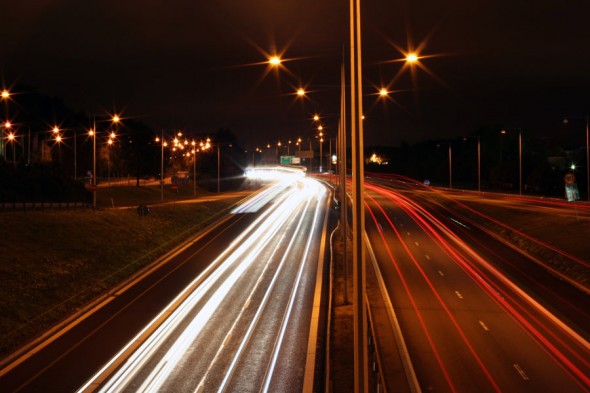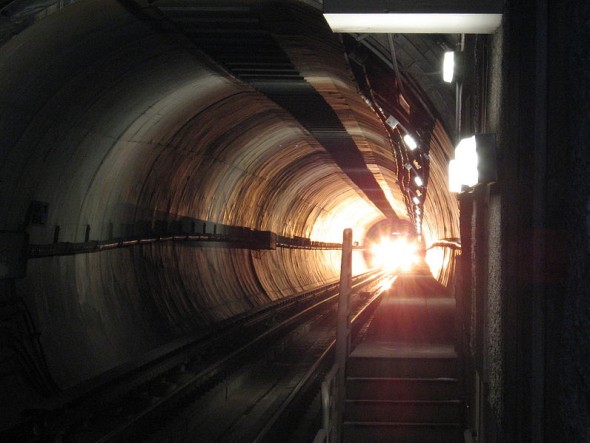TakePart | May 24, 2014
Despite the growing popularity of electric vehicles—U.S. sales almost doubled from 2012 to 2013—fewer than 100,000 Americans drove one home last year. One reason is that it takes longer to fill a battery with electrons than to put gasoline in a tank, and consumers don’t want to wait longer than they’re accustomed to. But what if cars could be charged while driving over a road that can wirelessly transmit grid electricity from cables underneath? Could such technology be the convenience drivers are looking for to make the switch to electric?
A new partnership between Volvo and the Swedish government is trying to chip away at both ends of a catch-22 scenario that’s among the obstacles the concept faces: Nobody wants to pay extra for a wireless-charging feature that can’t be used yet, and no one wants to invest in infrastructure for a fleet of cars that doesn’t exist. Along with the Swedish Transport Administration, the car manufacturer recently announced an effort to study the potential of building electric roads that can power EVs wirelessly, a process also known as inductive charging. If everything checks out, so to speak, the duo will construct a stretch of road up to one-third of a mile long as early as next year in Gothenburg, Sweden’s second-largest city.
“Electric roads are another important part of the puzzle in our aim of achieving transport solutions that will minimize the impact on the environment,” said Niklas Gustavsson, the Volvo Group’s executive vice president of corporate sustainability and public affairs.
The Swedes will not be the first to debut this type of cleantech infrastructure. Last year, the city of Gumi, South Korea, led the way by installing a 14-mile electric road that wirelessly charged electric buses equipped with an underside device. When the bus drove over cables embedded underneath the road surface, the device converted the cable’s magnetic fields to electricity, according to Discovery News.
A few years ago, a version of the South Korean buses ended up in Park City, Utah, and McAllen, Texas, via WAVE, an American company that licensed the technology. But unlike Utah, which now runs the buses (that get charged by parking over pads, not driving on a road) on its University of Utah campus, McAllen ran into financial problems, and the project stalled. Last November, the city decided to jump-start it once more. Other cities reportedly exploring these buses include Long Beach, Calif.; Monterey, Calif.; New York City; and Seattle.
How soon could wirelessly charged EV cars hit the market? With Toyota in the midst of testing three modified Prius models in Japan, it could be just a few years away.
Volvo has also been conducting experiments with wirelessly charging EV cars in Belgium with its C30 Electric model, according to Green Car Reports. If the car manufacturer’s electric road in Gothenburg becomes a reality, it will be built along a new bus line dubbed “ElectriCity,” and three of its plug-in hybrid buses currently running in the city will be modified to charge while in operation.
“Close cooperation between society and industry is needed for such a development to be possible,” said Gustavsson, “and we look forward to investigating the possibilities together with the city of Gothenburg.”
Photo of Gothenburg, Sweden road by Mats Lindh courtesy Creative Commons
View the original story here.

